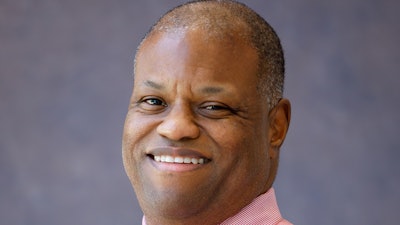What does Diverse: Issues In Higher Education mean to you? That might depend on what type of reader you are or your line of work.
When the first edition of what was then called Black Issues In Higher Education was published on March 15, 1984, it was two days before my 14th birthday, and I was still adjusting to ninth grade in a public high school after attending a private school from second grade to eight grade.
 Dr. George L. Daniels
Dr. George L. Daniels
Thanks to the foresight of co-founders Bill Cox and Frank L. Matthews in starting what was initially a monthly newsletter on Black Issues In Higher Education, we now know the power of pathways in helping Black boys like me go from being a nerdy high school student in Richmond, Virginia, to a tenured professor at a flagship state university where the governor once stood in the Schoolhouse Door. (“From Opening Doors to Opening Minds,” Aug. 14, 2003)
While there is no shortage of higher education news outlets, none has covered two-year and four-year colleges and universities and their efforts to promote equity and inclusivity quite like this one. Over the years, I’ve observed at least seven (7) best practices in Diverse: Issues In Higher Education that other media outlets might be well-served to emulate:
1. Celebrating those “On the Move.” There is something to be said about professional progress of scholars of color in each issue of this publication. It’s especially thrilling to see a variety of positions and institutions represented in this section of each semi-monthly edition.





















